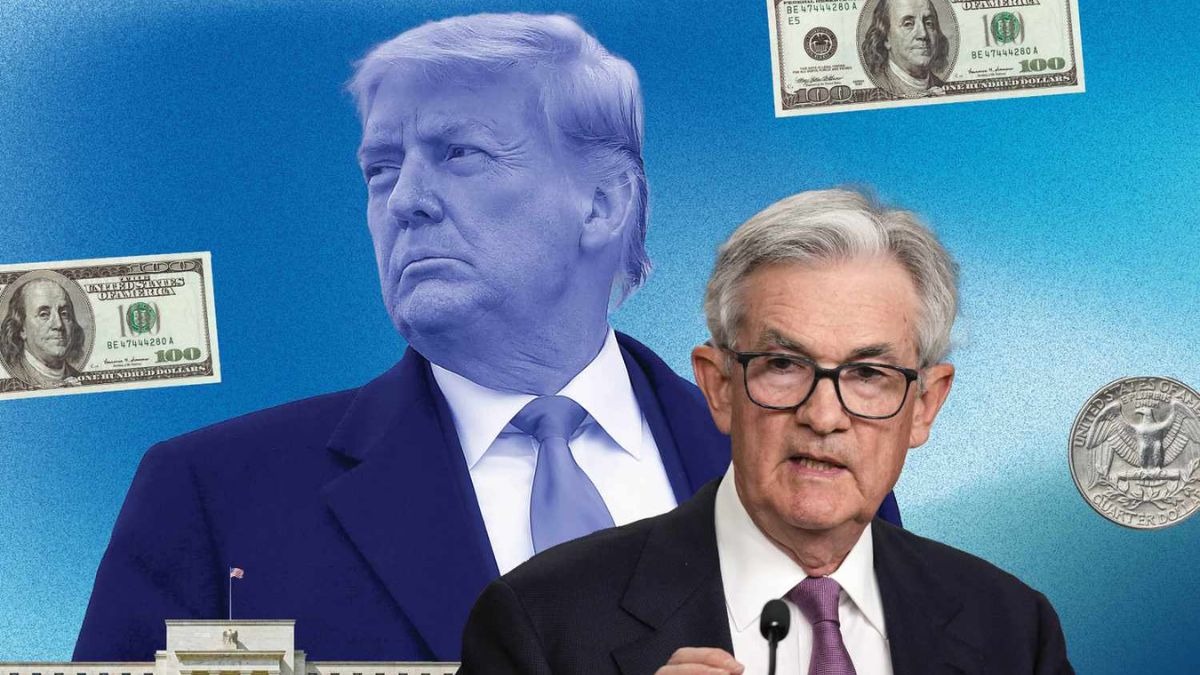

The Fed's Calculated Pause: What It Means for You
The Federal Reserve's decision to maintain current interest rates this week creates an important financial opportunity that many Americans are overlooking. While markets remain fixated on potential future rate cuts, everyday savers have a limited-time chance to maximize their returns before conditions change.
According to data from Raisin, a staggering 84% of Americans don't actively seek better savings rates. This complacency costs the average household hundreds per year, as most settle for accounts yielding just 0.58% when 4% or higher is readily available. For context, that's the difference between earning $58 versus $400 annually on a $10,000 deposit.
The Hidden Savings Crisis
The current Fed interest rate environment - the highest in decades - has created unprecedented yields on savings vehicles, yet most consumers aren't taking advantage. This represents one of the most significant wealth-building opportunities in recent memory, yet it's going largely unnoticed.
"Rates really start to come down once we get into the fall," warns Shana Hennigan of Raisin. "This might be the time to strike."
The numbers tell a compelling story. If every U.S. household moved their savings to higher-yield accounts, Americans could collectively earn an additional $396 billion annually. That's money currently being left on the table at traditional banks paying minimal interest.
The September Countdown
With no August meeting scheduled, all eyes turn to September for potential Fed interest rate cuts. This creates a narrow window - likely the last for the foreseeable future - where consumers can lock in high yields before they potentially disappear.
The current situation presents a rare alignment of factors favorable to savers. According to analysis from Investing.com, we haven't seen savings rates this attractive since before the 2008 financial crisis, making this an exceptional opportunity to build financial security.
- Current average savings rate: 0.58% APY
- Available high-yield options: 4%+ APY
- Potential national impact: $396 billion in additional interest
Why Most Americans Miss Out
Behavioral economists point to several reasons why people don't take advantage of better savings rates, even when the math clearly favors action:
- Inertia: The tendency to stick with familiar institutions
- Underestimation: Not realizing how small differences compound over time
- Complexity: Perceived difficulty of switching accounts
- Attention: Focusing on more visible financial matters
As Reuters recently reported, this psychological barrier represents one of the most persistent challenges in personal finance education. The Fed interest rate environment may change, but human behavior patterns remain remarkably consistent.
Actionable Steps for Savers
Financial experts agree that immediate action can yield significant benefits. Here's what you can do today to take advantage of current Fed interest rates:
- Research options: Compare high-yield savings accounts from online banks and credit unions
- Consider CDs: Short-term certificates of deposit can lock in current rates
- Review allocations: Ensure your emergency fund is working as hard as possible
- Automate savings: Set up automatic transfers to maximize interest accrual
- Think long-term: Consider how extra interest could compound over years
As noted in a recent Bloomberg analysis, the difference between acting now and waiting could mean thousands in lost potential savings over the next decade.
The Bigger Financial Picture
This moment reveals an important truth about personal finance: opportunities often appear when least expected. The same Fed policies that make borrowing more expensive also create rare advantages for savers.
As we approach the September Fed meeting, one thing becomes increasingly clear: the window for these exceptional savings yields may be closing. Those who act now stand to benefit from interest rates we may not see again for years, while others may regret their inaction.
In an economic environment full of uncertainty, securing better returns on savings represents one of the few guaranteed ways to improve your financial position. As the old adage goes: make your money work for you, because no one else will.

